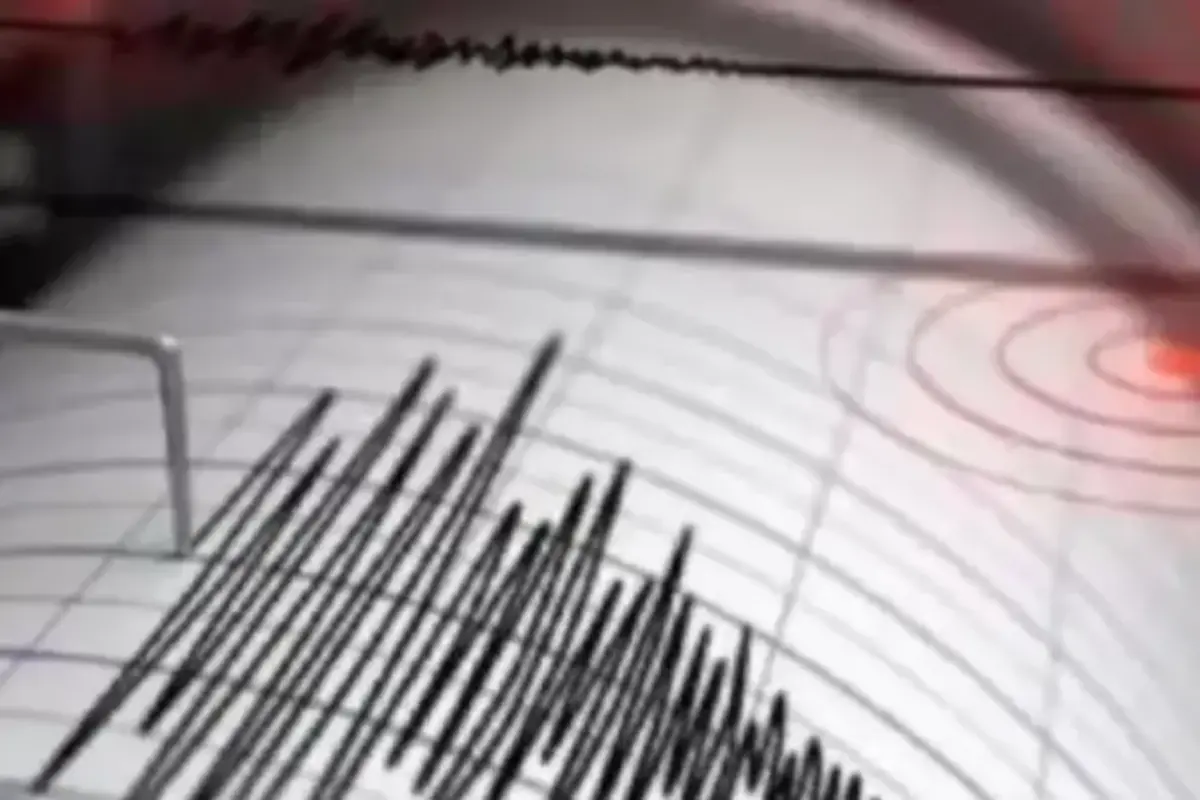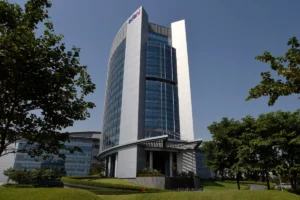
On Wednesday, a 4.7-magnitude earthquake struck areas of Pakistan, including the capital Islamabad.
However, no loss of life or property has been reported thus far.
According to the National Seismic Monitoring Centre, tremors from the earthquake with an epicentre in southeastern Afghanistan and a depth of 98 kilometres were felt in several areas, including Islamabad, Rawalpindi, Peshawar, Swat, Malakand, North Waziristan, Parachinar, Lower Dir, Hangu, Charsadda, and Swabi.
Pakistan is regularly affected by earthquakes due to its location on the boundary of the Indian and Eurasian tectonic plates.
The Indian tectonic plate is pushing north into the Eurasian plate, causing seismic activity in much of South Asia.
Earlier this month, a 3.2-magnitude earthquake rattled Karachi.
On May 2, a 2.3 magnitude earthquake shook parts of the metropolis, notably Gadap Town, Katohar, and the surrounding Malir district.
On March 13, a 5.3 magnitude earthquake affected numerous parts of Punjab and Khyber-Pakhtunkhwa province.
A catastrophic earthquake struck Pakistan in 2005, killing around 74,000 people.
Also read: Equity Markets Conclude On A Mixed Note
To read more such news, download Bharat Express news apps






















